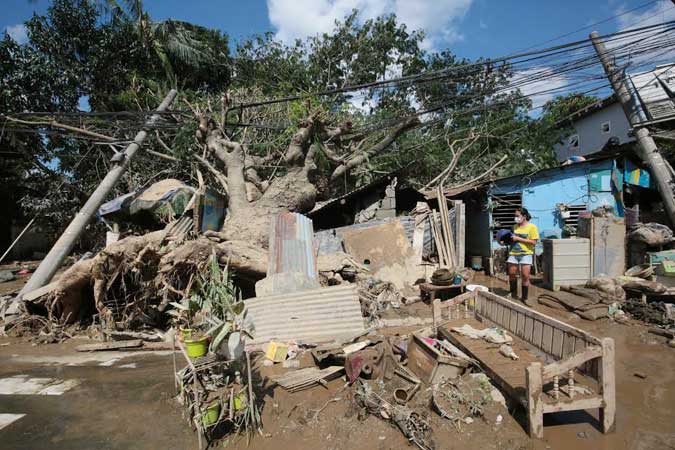EARLY WARNING of a calamity needs to be matched by appropriate community action, a University of the Philippines (UP) expert said Tuesday.
UP Resilience Institute Executive Director Mahar A. Lagmay said such an integrated approach would have served victims of recent typhoons well.
“In disaster risk reduction, there has to be appropriate warning that is reliable, understandable, accurate and…. (timely). But that needs to be matched by the appropriate response of the people,” he said during a virtual media briefing organized by international research organization ADR Stratbase Institute.
If the community does not know how to act, then no amount of warning will avert disaster, he said.
Disaster victims typically say that they were caught off guard by events such as floods and landslides, Mr. Lagmay said, an observation he formed after observing calamities in Leyte.
He recommended computer modelling to aid preparations that consider all possible hazard scenarios, including calamities of a magnitude never before encountered, on account of worsening conditions due to climate change.
“We need to put in the bigger events that they have not experienced, bigger than the historical record, and we can only do that through the use of powerful computers, frontier science and the most advanced technologies,” he said.
President Rodrigo R. Duterte has placed Luzon under a state of calamity after a series of typhoons in November, the last of which — Typhoon Ulysses (international name: Vamco) — caused heavy flooding in northern Luzon and parts of Metro Manila.
Ulysses was the 21st typhoon to hit the Philippines this year. — Angelica Y. Yang

